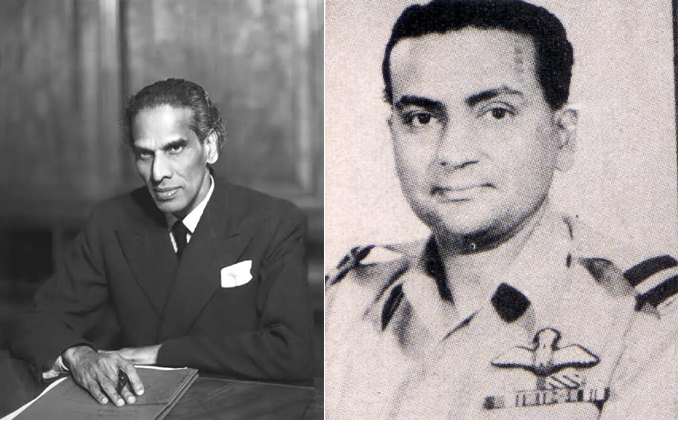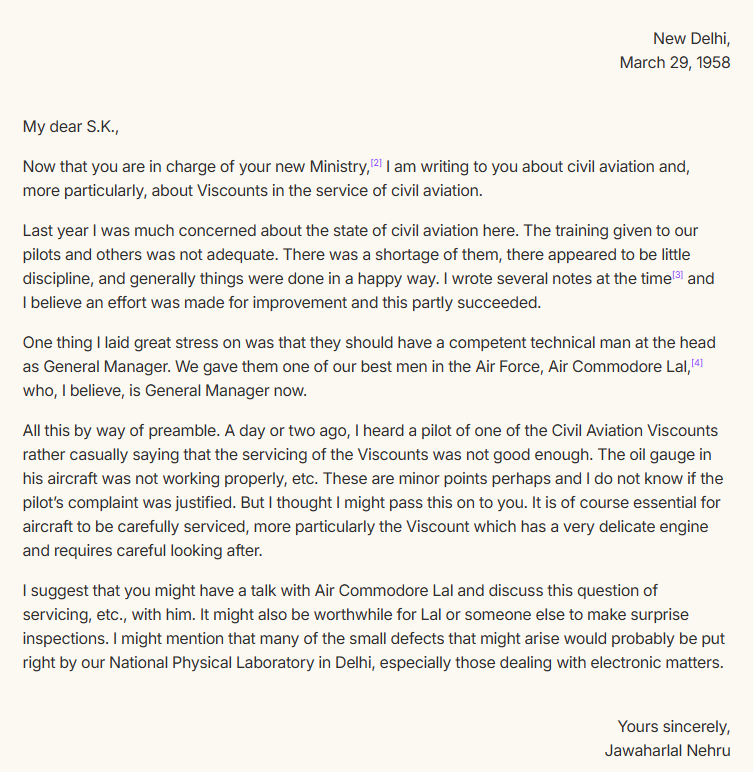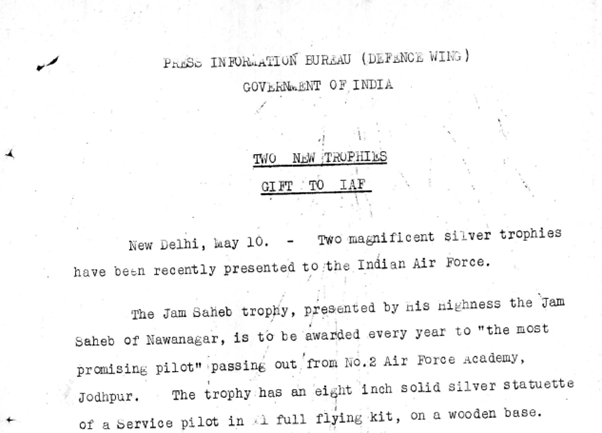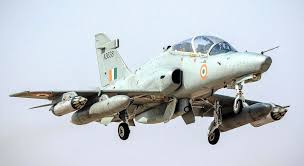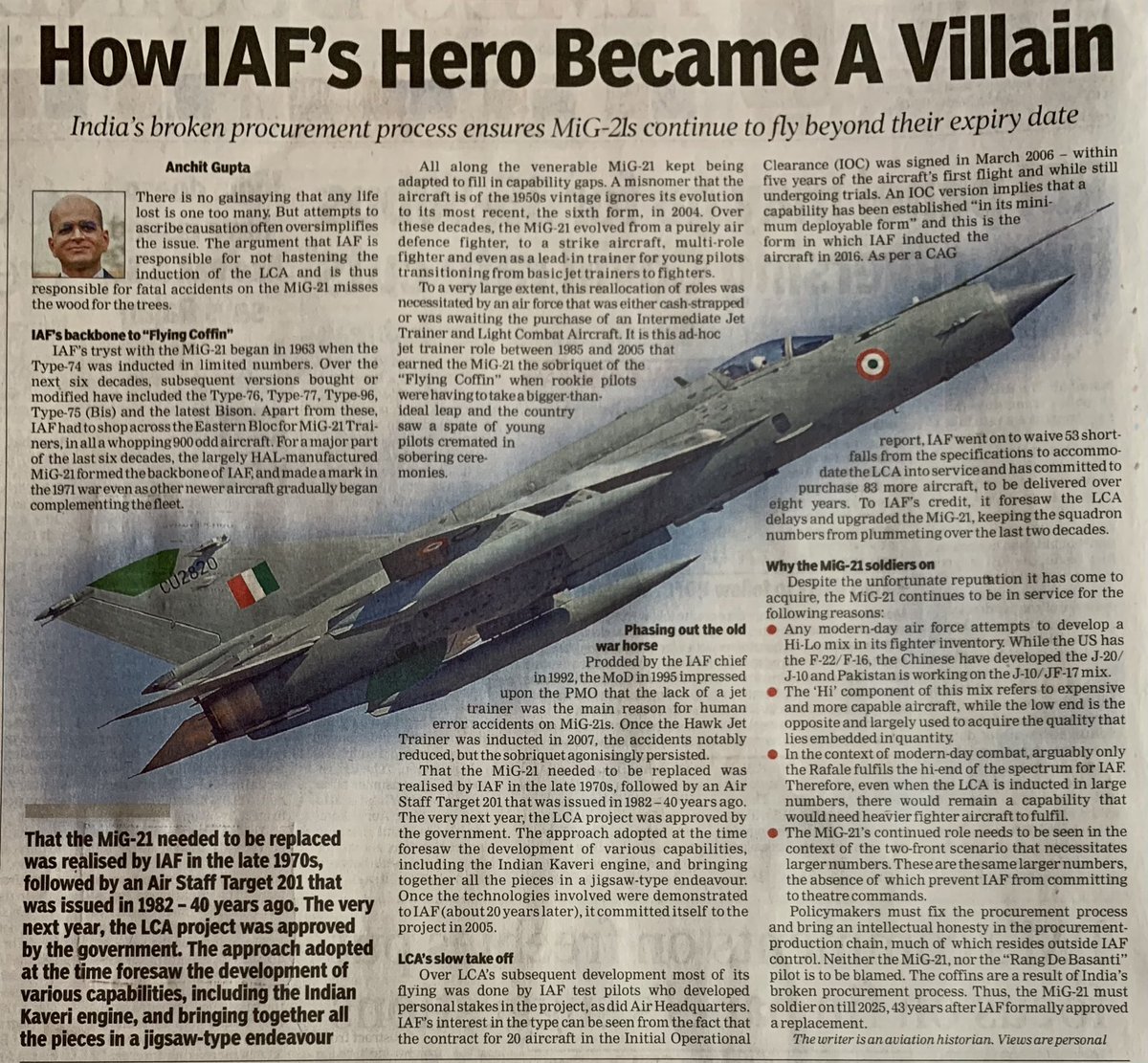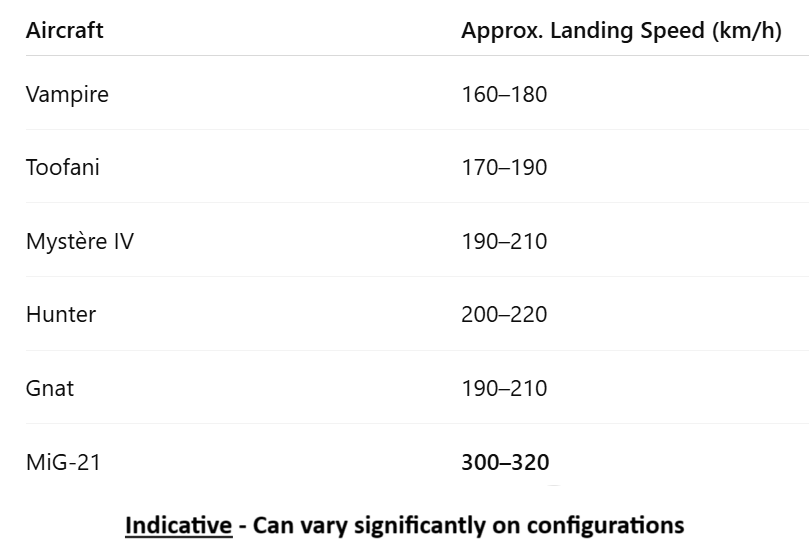16 VrC, 3 VMs,1 VSM & 5 M-in-D. These are the earnings of four ad-hoc Combat sqns 120,121,122 and 123 of @IAF_MCC . This thread traces the history of these snoozing sqns that rise during a war, manned by aircraft & instructors from training establishments. #IAFhistory (1/17) 

120 Sqn was activated in 1965 at Jodhpur on Vampire ac from C&R School. The Sqn was awarded a VrC, VM and a VSM. In 1971 war, it was activated with Mystere aircraft from Target Tow Flight (TTF) and pilots from TTF, 3 and 31 Sqn, operating from Nal earning 4 Vrc & 1 VSM. (2/17) 

In 1965, they were employed in LL Tactical msns over enemy territory disrupting supplies. They also flew CAPs including at night time and dissuaded enemy bombers. IJS Parmar was awarded VrC, he flew four combat sorties in quick succession & chased the enemy bombers away.. (3/17) 





In 1971, VN Johari, CO TTF Jamnagar and 6 pilots, operated the Mystere a/c doing tact Recon and disrupting supplies deep into enemy territory destroying railyards, oil dumps, munitions. They earned 4 VrC for the daring role. (4/17) 







On 5th Dec 1971, AV Pethia spotted a train towards Bhaval Nagar transporting about 15 tanks. Despite enemy ground fire, he made two attacks and destroyed two trains. However, his ac was hit by ground fire and he was taken PoW. His story is here - tinyurl.com/bdfsfp9p (5/17) 

121 sqn was activated in 1971 war & comprised of 15 Vampire aircraft from C&R School, AEB, ATW, and FTW. Nine of these operated from Srinagar and another 6 from Halwara. The Sqn has earned 3 VrC, 2 VM and 1 M-in-D. (6/17) 

Srinagar dett was commanded by MS Sekhon with 7 pilots, 8 ac and 29 airmen. They flew msns in Poonch, Uri, Tithwal and Kargil sectors and damaged several enemy bunkers, vehicles, mortar positions, POL and munition dumps. Kargil war revived thoughts of something similar (7/17) 





Halwara Dett under Winco Marshall was called the "Green beret" Flt for an interesting paint job. Ac were painted a mix of blue-black & grey in whatever format the painter wielded his brush. The jaws were in white & teeth in red giving the painting a ' fearsome look' (9/17) 

They flew at night, black-out conditions, and attacked railyards, POL, and munition dump deep inside enemy territory. The Nav/Pilot RH seat, did all the chores of Navigation, map reading, re-setting the Stopwatch, Course correction calculations & re-setting the Compass. (10/17) 

He would raise his seat & lookout & down for PinPoints calling out & discussing course change & monitoring speed, direction & height. On weapons delivery, he would set switches, callout the pullup point & height & speed & roll in direction & the command 'FIRE" & pull out. (11/17)
122 sqn in 1971, had pilots and ac from Hunter (OTU) at Jamnagar sent to Jaisalmer. They had six ac. The unit did exceptionally well in what came to be known as battle of Longewala, earned 7 VrC and 3 M-in-D. MS "Minhi" Bawa, CI Jamnagar, would earn AVSM as Jaisalmer CO (12/17) 

Longewala would turn out to be one of the biggest tank losses in history. About 80 destroyed/damaged, other than ammo, vehicles, factories, and dumps. A Dramatised depiction of this battle in the movie "border" significantly downplayed the IAF role. (13/17) 

But this was not all, Don Conquest, CO OTU, led a formation that attacked and set fire to Karachi Port bulk oil installation. Next day, he carried out a daring attack on Mauripur airfield and destroyed at least six enemy aircraft on the ground earning a VrC (14/17) 



123 Sqn was first activated for ops in Nagaland with Harvard equipped with machine gun & F24 aerial camera for Recce at Tezpur in 1962. The Sqn was activated again during the 1971 war with five T-6G/ Harvard aircraft from AFA and FIS (15/17). 

It operated from Sirsa till 6th Dec 1971 and thereafter at Rajouri ALG. The ac were painted Dark Green on surface and black underneath. They were rigged with Hunter electric boxes and carried 6 x T-10 rockets & did 13 ops sorties during the war. The Sqn has earned 1 VrC. (16/17) 

For curious minds, a few reads are recommended - Jaisalmer diary - tinyurl.com/mruz2cuw , @vayusena 's talk - tinyurl.com/58a7xxed and The Epic Battle of Longewala. by Air Marshal Bharat Kumar. (17/17)
• • •
Missing some Tweet in this thread? You can try to
force a refresh


